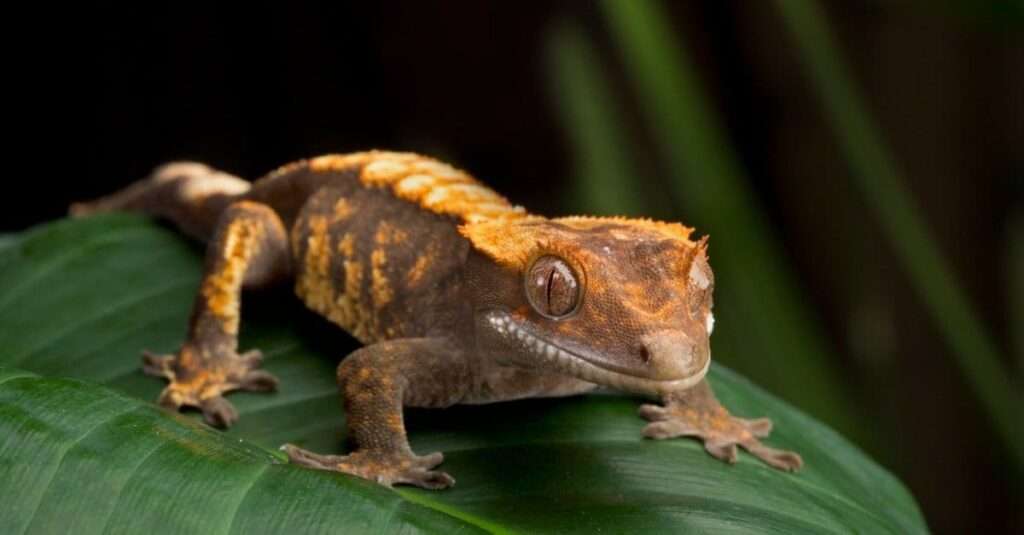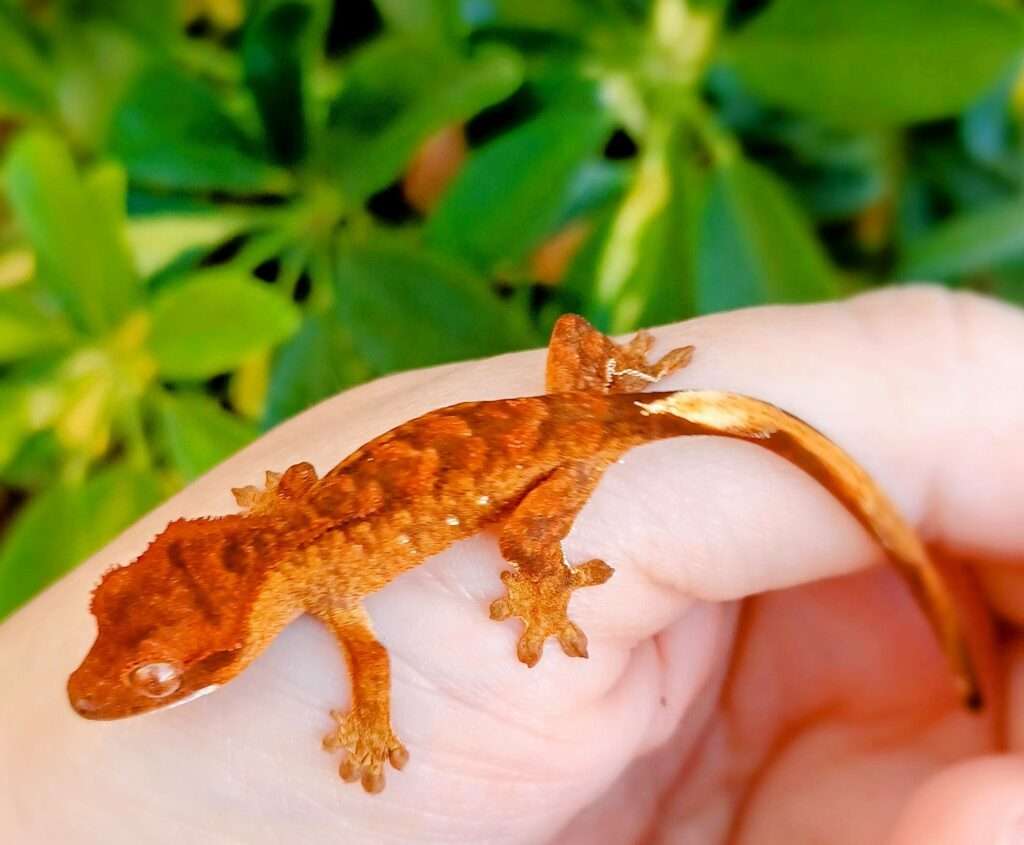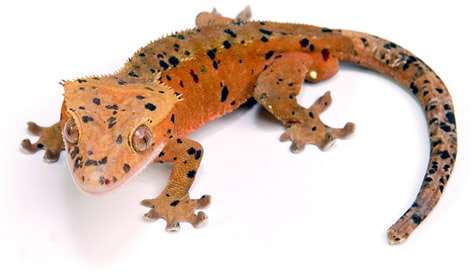
Description:
Scientific name: Ptychozoon
Life span: 3-10 years
Geckos that fly around appear subdued. They typically have patches of brown, black, and tan coloration all over them. The coloration is sporadic, giving it a natural appearance. These lizards resemble a piece of tree bark from a distance. They blend in with trees in nature by taking use of their look.
Native Region/Habitat
Arboreal geckos of the genus Ptychozoon are unique to Southeast Asia.
Behavior:
Don’t expect to see much of your flying gecko throughout the day! Most will locate a comfy hiding area to sleep in until the sun goes down. These creatures are very busy at night. While they investigate and adjust their body temperature, they will hop from branch to branch. Flying geckos can cohabitate with others, but you need to design your group carefully. One male and two females or a group of all females are best. The ideal group consists of one male and two females, or all females.
Guys grow quite possessive with one another and will fight continuously. Two males should never live together. It’s also a good idea to avoid putting larger geckos with smaller ones. The best geckos are those that are the same size and age.
Care As a pet/In captivity:

Enclosure: Choose an enclosure that is at least 12 inches long, 12 inches wide, and 24 inches tall for one adult flying gecko. That would be roughly 15 to 20 gallons if you were using a typical terrarium.
Temperature & Lighting: Flying geckos require a temperature gradient in their environment despite spending a lot of time in the air. You can use a heat emitter or a basking lamp to make your gradient. One side of the enclosure should become roughly 95 degrees Fahrenheit warmer thanks to the basking lamp. Take care to keep the lamp away from the case and any climbing branches.
The enclosure’s interior can stay at ambient temperature. Just watch that it doesn’t go colder than 76 degrees. If they do, you might have to put a heating pad or emitter under the tank.
Humidity: For any reptile that lives in a rainforest, the humidity levels must be just right. Invest in a dependable hygrometer and make sure the levels are just correct by checking it frequently. At night, consistent humidity conditions of about 80% are preferred for flying geckos. The humidity can fall to 60% during the day, but not lower.
Diet: They thrive on crickets, roaches, mealworms, waxworms, and thinly sliced earthworms in captivity. Food sources of all kinds are always appreciated. Make sure the insects are no larger than the gecko’s head width! Juvenile flying geckos will require daily feedings until they are satisfied. This usually consists of five to ten insects. Large meals every two to three days are ideal for adults.
Table





